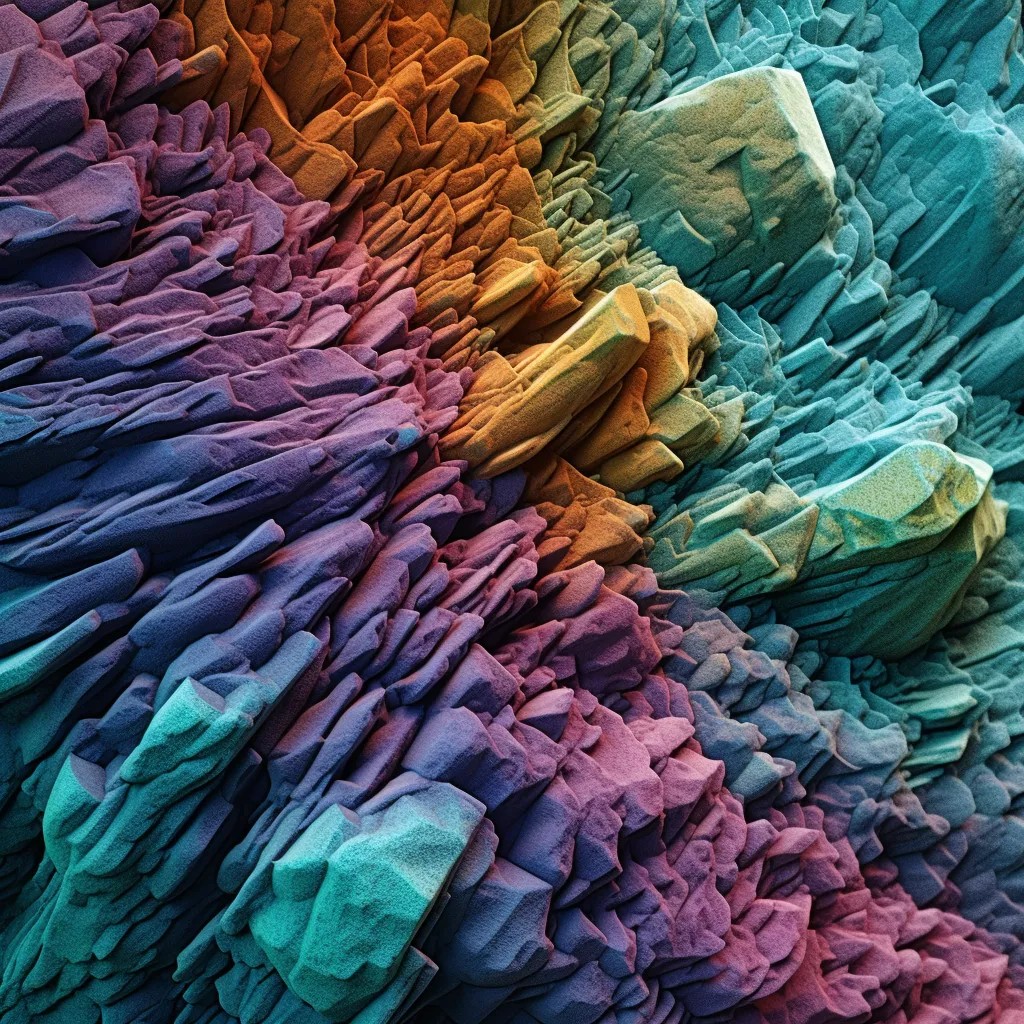Digital rock physics (DRP) is an effective approach to characterize pore microstructures and predict effective physical properties of porous medium using digital image data obtained using different imaging techniques such as X-ray microtomography and electron microscopy. It is of critical importance for various subsurface applications, such as water resources, oil and gas recovery and carbon dioxide sequestration. The typical DRP workflow includes three steps: 1) acquiring raw grayscale digital rock images; 2) segmenting raw digital rock images to different phases and 3) calculating petrophysical properties by numerical simulation on the segmented images. However, conventional approaches are often time-consuming and highly subjective to the experience of users.
In recent years, machine learning has sparked advances in digital rock analysis from image processing to pore-scale numerical simulation. It is a promising technique to process and integrate large-scale imaging data from different sources due to its powerful capability of representation learning. Machine learning methods, deep neural networks in particular, provide an efficient way to accelerate the digital rock analysis and improve the accuracy, for example, Convolution Neural Networks (CNNs) for image segmentation, Generative Adversarial Networks (GANs) for the generation and reconstruction of digital rock images and data-driven Artificial Neural Networks (ANNs) for the prediction of effective rock properties. In this Research Topic we welcome innovative machine learning approaches and exciting applications related to DRP in this Research Topic.
The key topics include, but are not limited to:
• DRP applications to subsurface characterization (e.g., enhanced oil recovery, groundwater, and CO2 storage);
• Machine learning methods for the preprocessing of digital rock images (e.g., denoising, segmentation and enhancement);
• Generation and reconstruction of 3D digital rocks based on geostatistics and artificial intelligence;
• Machine learning methods for the multiscale fusion of digital rock data;
• Data-driven methods for the numerical simulation of DRP (e.g., elastic, electrical and fluid flow properties);
• Surrogate model development for numerical simulations of DRP (e.g., physical informed neural networks);
• Uncertainty quantification in the prediction of effective physical properties from digital rock image;
• 3D printing in DRP.
Digital rock physics (DRP) is an effective approach to characterize pore microstructures and predict effective physical properties of porous medium using digital image data obtained using different imaging techniques such as X-ray microtomography and electron microscopy. It is of critical importance for various subsurface applications, such as water resources, oil and gas recovery and carbon dioxide sequestration. The typical DRP workflow includes three steps: 1) acquiring raw grayscale digital rock images; 2) segmenting raw digital rock images to different phases and 3) calculating petrophysical properties by numerical simulation on the segmented images. However, conventional approaches are often time-consuming and highly subjective to the experience of users.
In recent years, machine learning has sparked advances in digital rock analysis from image processing to pore-scale numerical simulation. It is a promising technique to process and integrate large-scale imaging data from different sources due to its powerful capability of representation learning. Machine learning methods, deep neural networks in particular, provide an efficient way to accelerate the digital rock analysis and improve the accuracy, for example, Convolution Neural Networks (CNNs) for image segmentation, Generative Adversarial Networks (GANs) for the generation and reconstruction of digital rock images and data-driven Artificial Neural Networks (ANNs) for the prediction of effective rock properties. In this Research Topic we welcome innovative machine learning approaches and exciting applications related to DRP in this Research Topic.
The key topics include, but are not limited to:
• DRP applications to subsurface characterization (e.g., enhanced oil recovery, groundwater, and CO2 storage);
• Machine learning methods for the preprocessing of digital rock images (e.g., denoising, segmentation and enhancement);
• Generation and reconstruction of 3D digital rocks based on geostatistics and artificial intelligence;
• Machine learning methods for the multiscale fusion of digital rock data;
• Data-driven methods for the numerical simulation of DRP (e.g., elastic, electrical and fluid flow properties);
• Surrogate model development for numerical simulations of DRP (e.g., physical informed neural networks);
• Uncertainty quantification in the prediction of effective physical properties from digital rock image;
• 3D printing in DRP.
